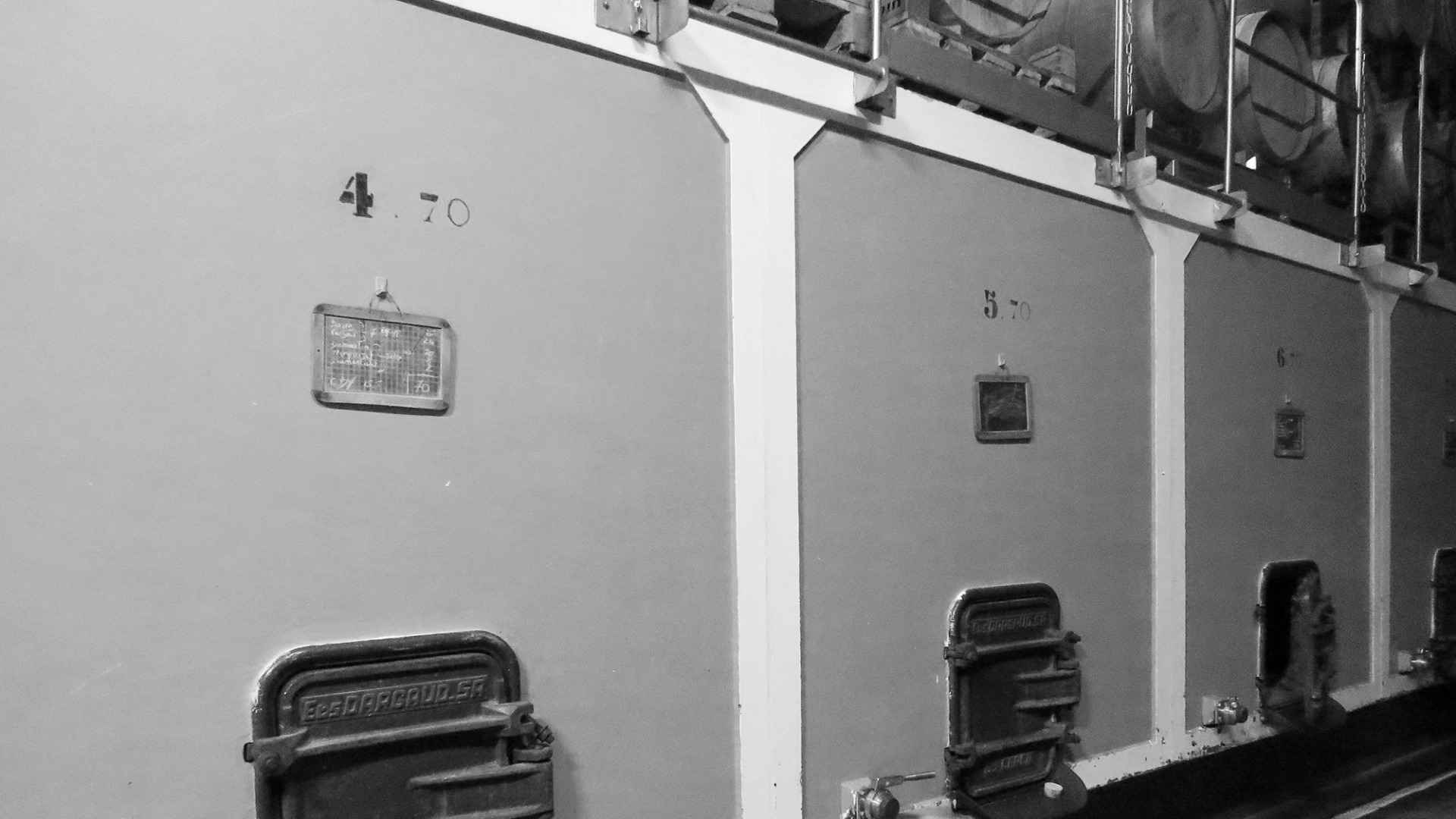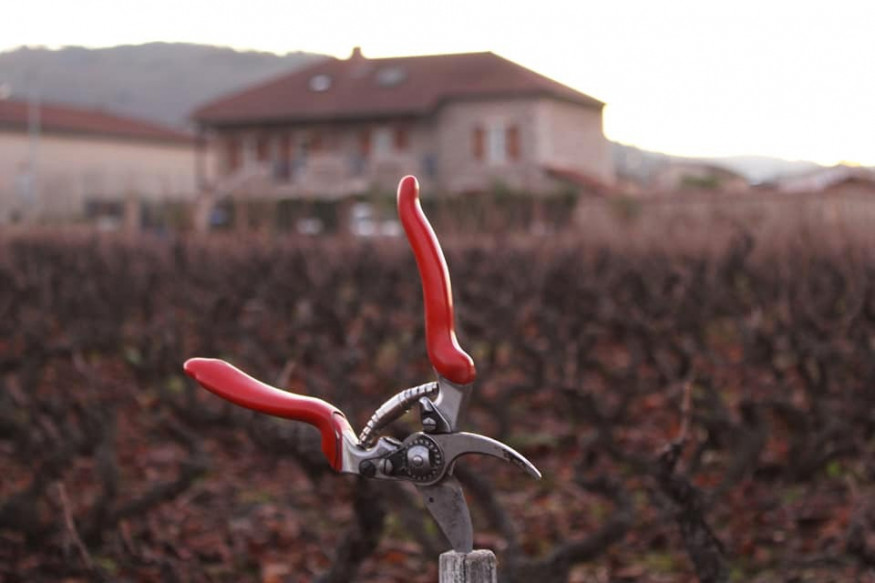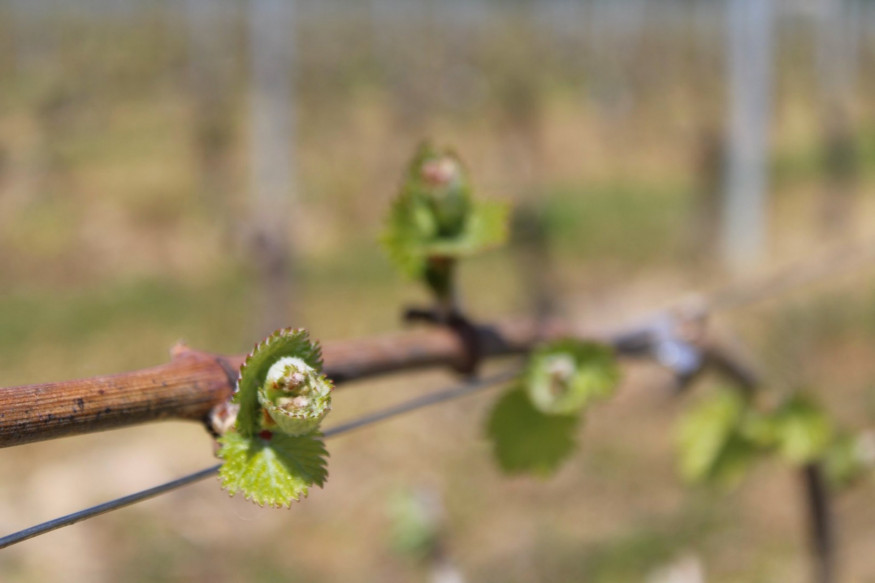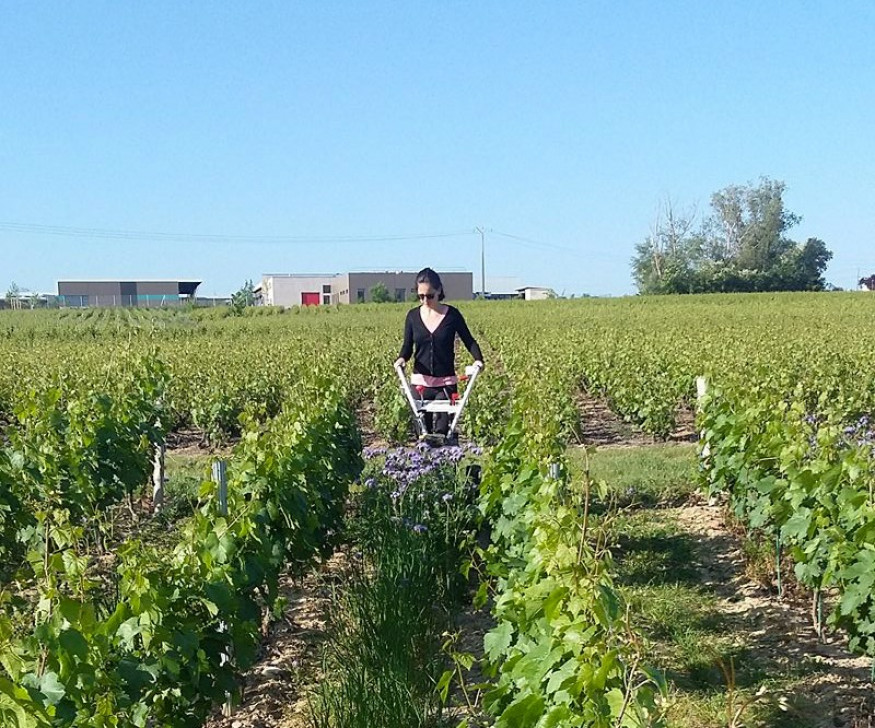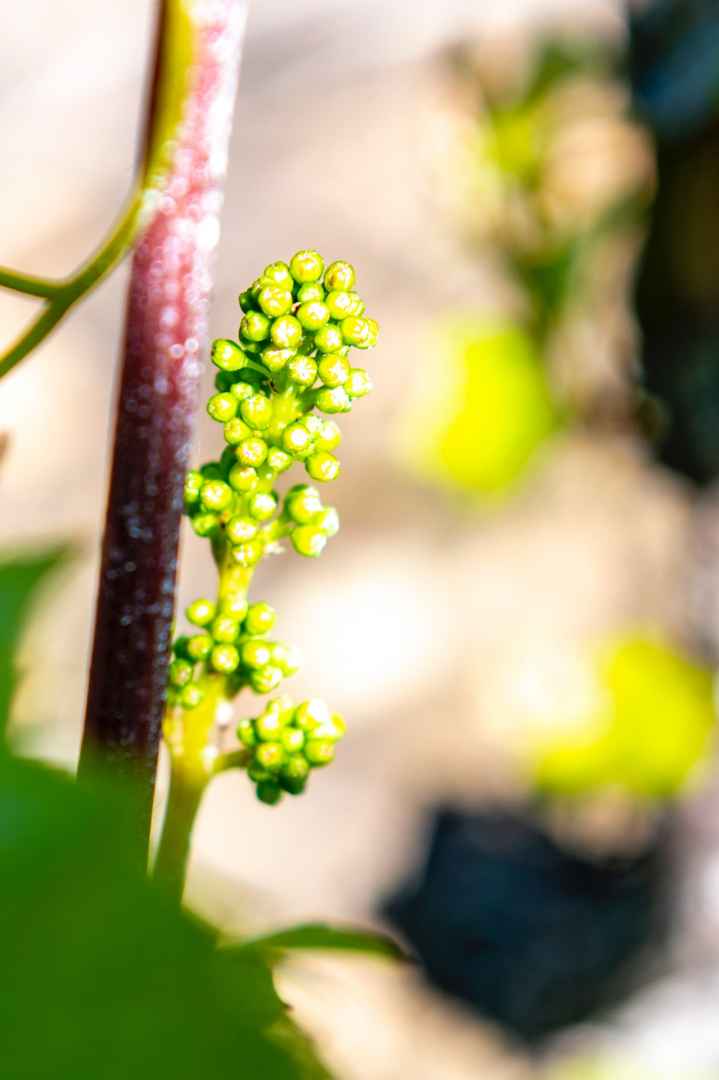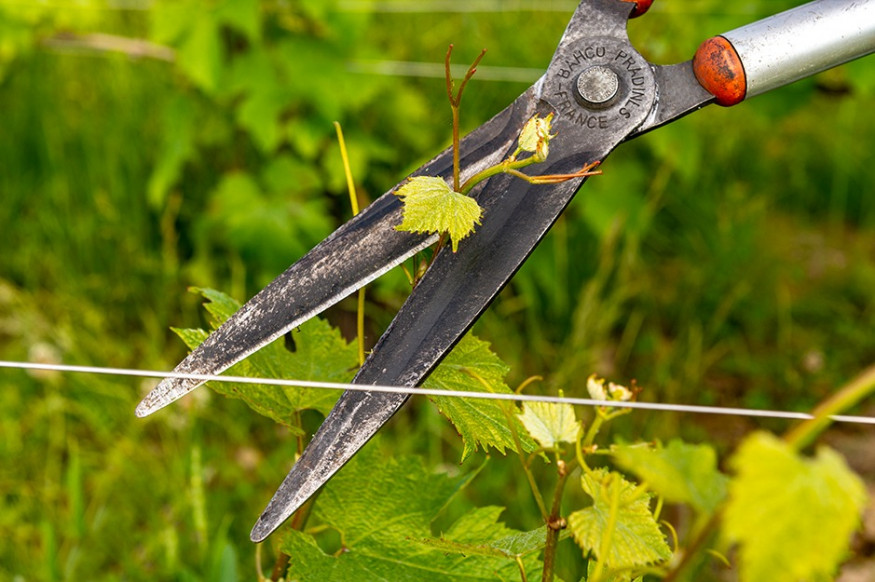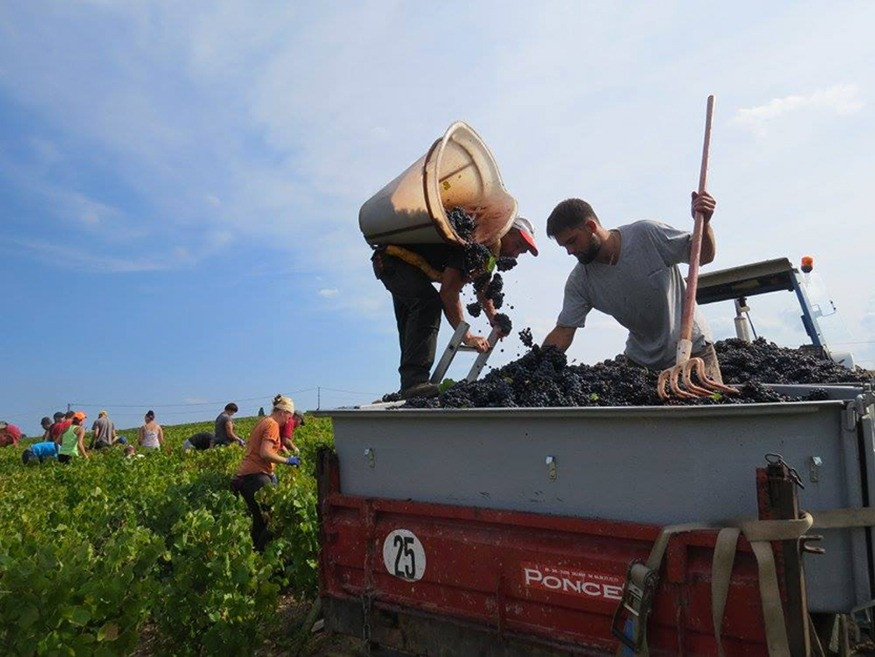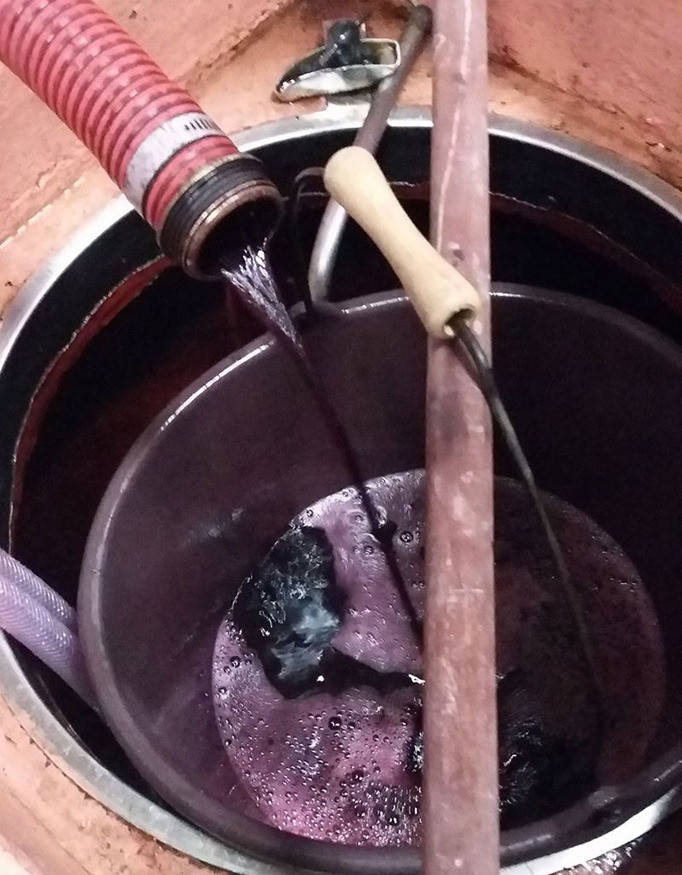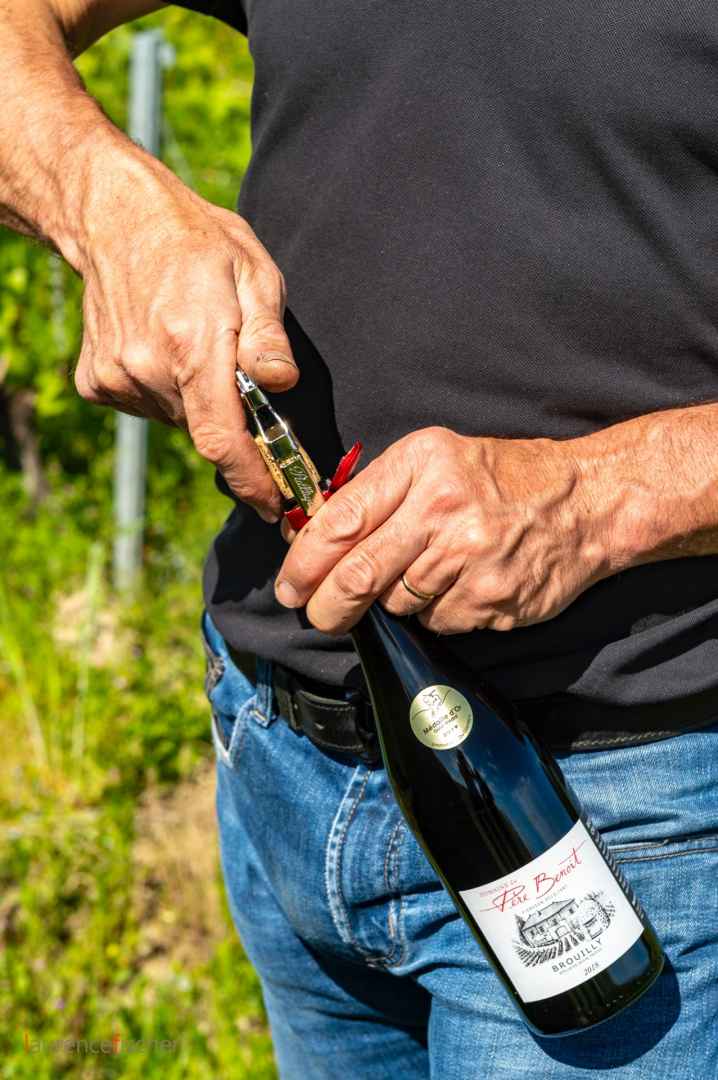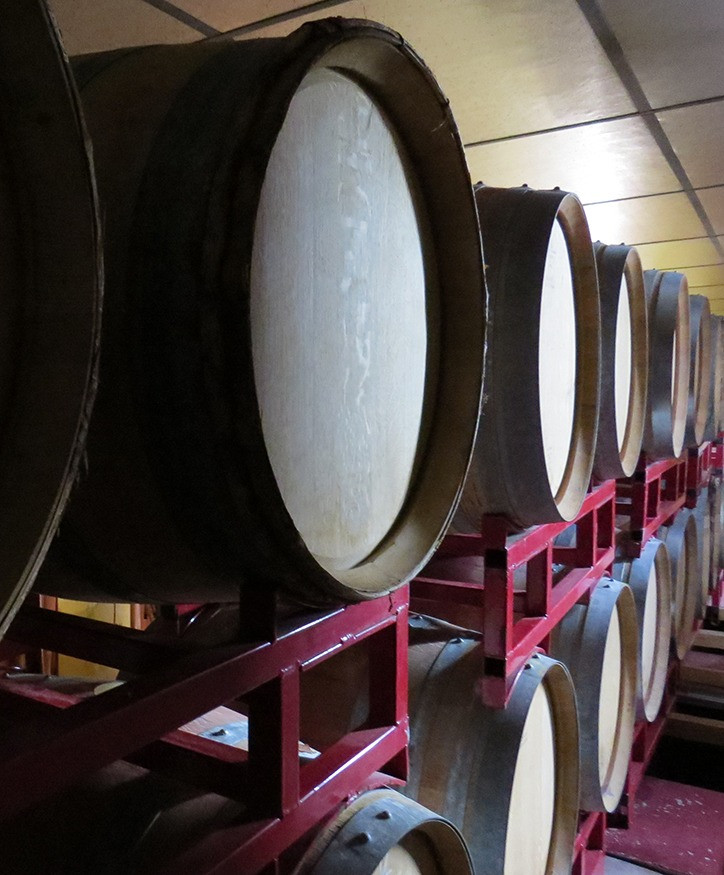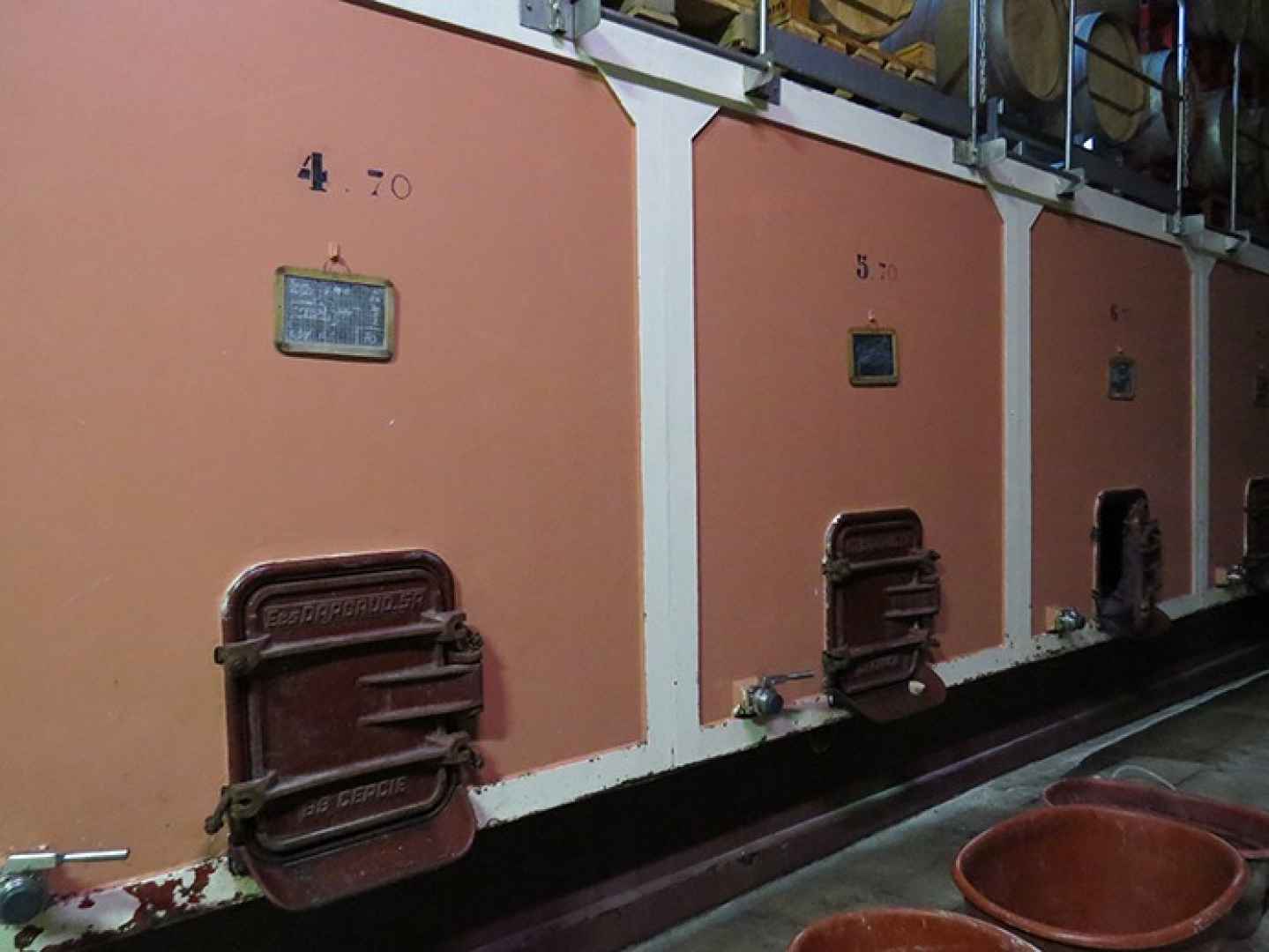Le domaine du Père Benoit "le travail d'un an en vidéo"
Cher visiteur,
Prenez le temps de visionner cette vidéo, elle vous explique le travail effectué au Domaine du Père Benoit pour donner naissance à la bouteille de Beaujolais, Brouilly, Côte de Brouilly, Morgon Moulin à Vent ou Crémant de Bourgogne que vous dégustez.
Laurence, Pascal et Nicolas Mutin
